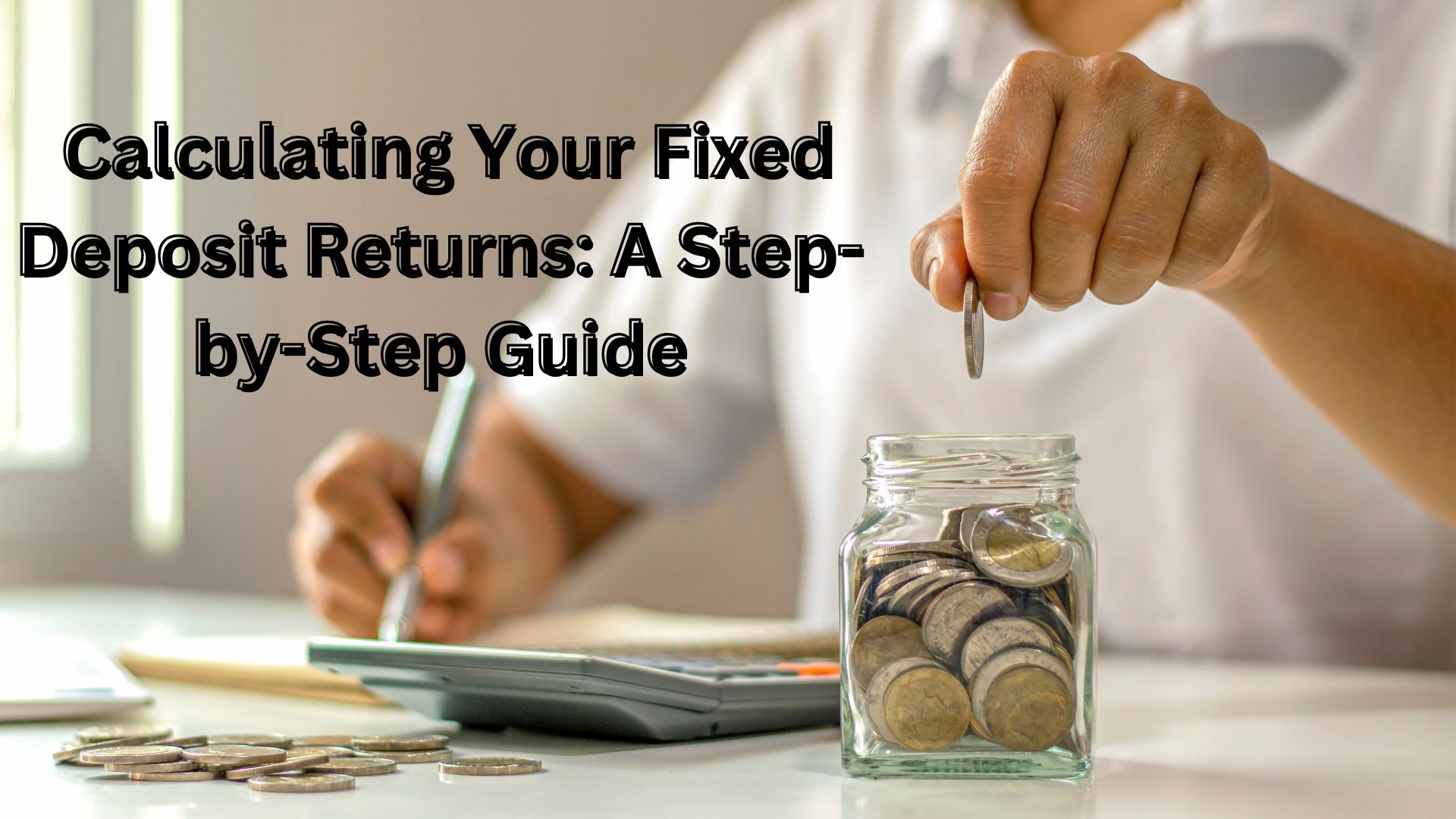
Fixed Deposits are highly sought-after investment options in India, often recommended by seasoned investors who advise allocating a substantial 30-40% of funds towards FDs. Renowned for their safety and assured returns through fixed interest rates, FDs provide a secure avenue for capital growth.
Investors can tailor their FD strategy based on individual goals, choosing between cumulative FDs, where interest accumulates over time, or non-cumulative FDs, which offer periodic interest payouts (monthly, quarterly, or annually) for a steady income stream.
One of the primary advantages of FDs is their insulation from market fluctuations, ensuring stable returns. For those curious about calculating FD returns, read on for insights.
Understanding Fixed Deposit Returns:
When you invest in a Fixed Deposit, you establish an FD account by depositing a lump sum for a predetermined period, typically ranging from 6 months to 5 years. Similar to a savings account, FDs yield fixed interest, constituting the returns on your investment.
Returns accrue throughout the investment tenure. For instance, if you invest in a 5-year FD scheme, you earn interest at a fixed rate for this period. The interest rate on FDs is controlled and revised by the RBI (Reserve Bank of India) from time to time, known as the base rate. Banks and NBFCs then set their interest rates above the base rate, resulting in varying interest rates among financial organizations. However, most NBFCs offer an interest rate of about 7% or above on fixed deposits. The interest rate is generally fixed for all investors except senior citizens, who receive slightly more interest on their FD investments.
How to Calculate Fixed Deposit Returns:
You can manually calculate fixed deposit returns using the formula:
A= P(1+(r/n)^n*t
In this formula:
- is the amount you will receive at the maturity of the FD.
- is the principal amount you invested.
- is the interest rate.
- is the investment tenure in days.
- is the frequency of interest compounding.
Let’s illustrate the calculation with an example. Suppose Miss. Bharti invested Rs. 500,000 in an FD scheme for five years, with an interest rate of 6.5%, compounded quarterly. Using the formula:
A=INR 500,000[1+(0.0654)(4×5)]=Rs. 685,043
So, the returns on the initial investment amount to Rs. 185,043.
If manual calculations seem overwhelming, you can use an FD calculator or an FD interest calculator.
What is an FD Calculator?
An FD calculator is an online tool designed to provide an exact idea of expected returns from your FD investment at the end of the deposit tenure. It considers the principal amount, applicable interest rate, and investment tenure to compute the maturity amount and interest returns.
Before investing in a fixed deposit scheme, it is advisable to use the FD calculator to know the earnings in advance. This helps in making informed investment decisions, allowing you to compare different FD schemes based on interest rates and tenure to maximize returns. The calculator saves valuable time and effort, ensures accuracy, and aids in planning finances for both short-term and long-term goals.
Benefits of Using an FD Calculator:
- Provides a clear view of potential earnings from an FD scheme.
- Facilitates easy comparison of FD schemes offered by different financial organizations.
- Saves time and effort by avoiding manual calculations, ensuring accurate results.
- Enables better financial planning by knowing exact returns in advance.
Taxes on Fixed Deposit Returns:
In addition to understanding how to calculate returns using an FD interest calculator, it is crucial to be aware of the tax implications. Under existing tax laws in India, returns from fixed deposits are fully taxable. Financial entities deduct TDS if the interest earned exceeds Rs. 40,000 in a financial year.
Final Word:
When calculating fixed deposit returns, be mindful of the interest rate and type applicable to your FD account, whether cumulative or non-cumulative. Opting for a cumulative FD is advisable, as the reinvested interest leads to a more significant corpus compared to non-cumulative FDs over the term.
Also Read
Top 5 Investment Choices Ideal for Young Salaried Professionals

One thought on “Calculating Your Fixed Deposit Returns: A Step-by-Step Guide”